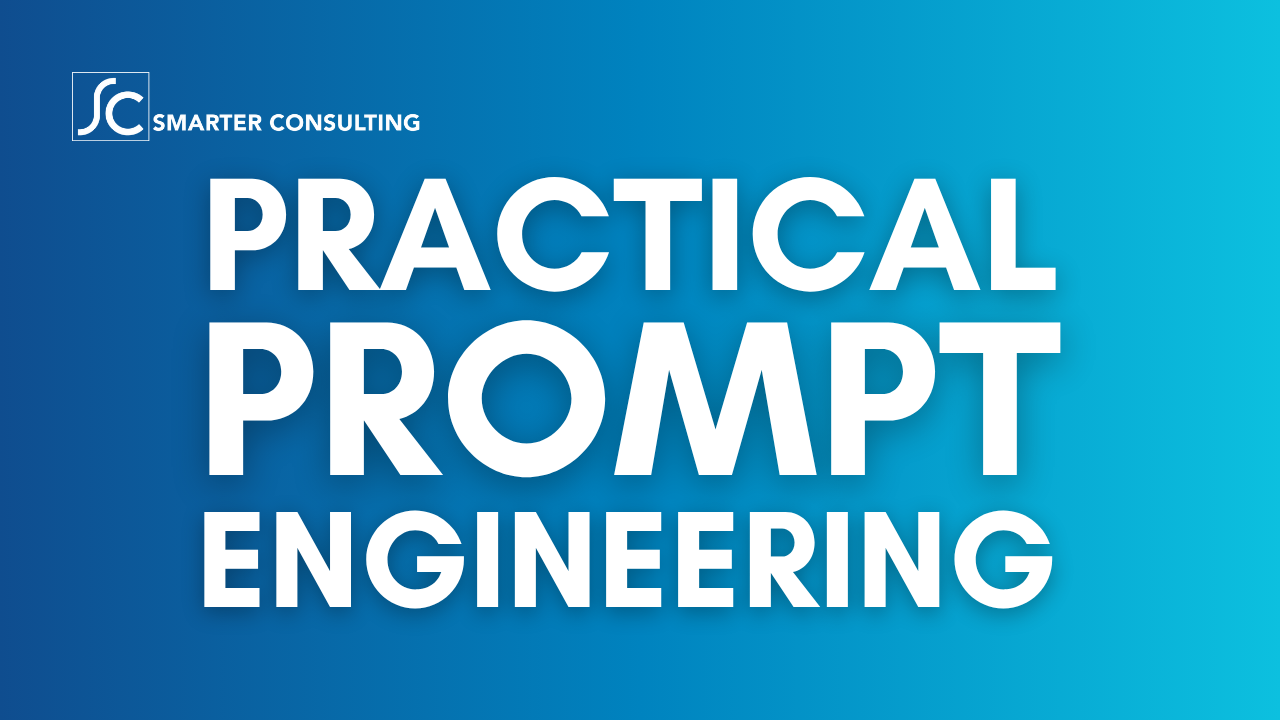Content Strategy: Video Search Engine Optimization
Creating high-quality video content is just one piece of the puzzle when it comes to growing your presence on YouTube and other video platforms like Rumble, Vimeo, and Dailymotion. Without proper SEO optimization, even the best videos can go unnoticed, buried beneath a sea of competing content.
To maximize your reach and engagement, you need to optimize every element of your video—from the title and file name to the description, keywords, and end screens. In this latest entry in my Content Strategy series, I’ll cover best practices for making your videos more searchable and discoverable, ensuring they work with the algorithm rather than against it.
The Power of a Strong Video Title
 The title of your video is one of the most critical ranking factors for YouTube SEO. It needs to be descriptive, engaging, and enticing to both viewers and search algorithms. Don’t treat this as lightly as a file name, as it plays an important role in whether people will find and click on your video.
The title of your video is one of the most critical ranking factors for YouTube SEO. It needs to be descriptive, engaging, and enticing to both viewers and search algorithms. Don’t treat this as lightly as a file name, as it plays an important role in whether people will find and click on your video.
Best Practices for Video Titles:
- Use a compelling, keyword-rich title that clearly explains what the video is about.
- Keep it concise but informative (ideally under 60 characters).
- Consider including numbers (e.g., “10 Tips for YouTube Optimization” or “How to Rank #1 on YouTube in 2024”).
- If it’s part of a series, add the episode number (e.g., “Content Strategy Series | Ep. 5: YouTube Optimization”).
- Create a sense of urgency or excitement when appropriate (e.g., “Do THIS Before Uploading Your Next Video!”).
Why Your File Name Matters
Before even uploading, name your video file strategically to help search engines understand its content.
Best Practices for File Names:
- Use your target keywords in the filename (e.g.,
youtube_optimization_tips.mp4). - Avoid generic names like
video123.mp4—these provide no SEO value. - YouTube scans filenames as part of its indexing, so a relevant, descriptive filename can give your video a slight edge.
Optimizing Your Video Description for Searchability
The video description plays a major role in search rankings, content discoverability, and engagement. A well-structured description enhances SEO while also improving the user experience.
Key Elements of a High-Performing Video Description:
1. Full Title & Series/Episode Information
Include the full video title at the beginning to reinforce relevance. If the video is part of a series, mention the episode number and provide links to other episodes.
2. Succinct but Informative Summary
- In the first two lines, explain exactly what the video is about and why viewers should watch.
- Be concise and engaging—this is what appears in search previews.
- Use keywords naturally but avoid keyword stuffing.
3. Link to Related Content on Your Channel
- Encourage users to watch more by linking to related videos or playlists.
- Example: “Watch our full YouTube SEO series here: [Playlist Link]”.
- This helps YouTube recognize connections between your content, increasing the chances of your videos appearing in suggested content.
4. Timestamped Chapter Links
- Provide a list of timestamps with major topics covered in the video.
- This allows viewers to jump to the sections they’re most interested in.
- For example:
-
00:00 Introduction01:45 The Importance of Video Titles04:30 How to Optimize Descriptions08:10 Keywords & Hashtags for Discoverability12:00 Using End Screens & Cards to Keep Viewers Engaged
5. Bulleted List of Benefits
Tell viewers why they should watch by listing the key takeaways:
- How to improve video rankings on YouTube.
- The best SEO practices for video descriptions.
- How to use timestamps for better engagement.
- Why end screens and cards boost watch time.
6. Related Links (Website, Social Media, Guest Links, etc.)
- Include links to your website, social media profiles, guest speakers’ social accounts, or any additional resources mentioned in the video.
- Example: “Follow me on LinkedIn: [Your Link]”.
7. List of Keywords (10-12 Total)
- Choose relevant, high-traffic keywords to improve searchability.
- Example: “YouTube SEO, video optimization, YouTube ranking tips, how to get more views on YouTube, YouTube algorithm 2024”.
8. Hashtags (3-10 Total)
- Hashtags help categorize your video and improve discoverability.
- Place them at the end of the description (e.g.,
#YouTubeSEO #VideoMarketing #GrowYourChannel).
9. Closing Pitch to Keep Viewers Engaged
- End with a strong CTA (Call to Action) to watch more videos, subscribe, or visit your website.
- Example: “If you found this helpful, hit that subscribe button and check out our full video marketing series!”
Transcripts & Subtitles: Unlocking Global Reach
YouTube automatically generates captions, but manual transcripts and subtitles allow for:
- More accurate captions (improving accessibility and engagement).
- SEO benefits, as YouTube indexes transcript text.
- International reach, making content available to non-native speakers.
Turning on auto-generated subtitles and editing them for accuracy ensures a better viewer experience and broader accessibility.
Using End Screens & Cards to Boost Watch Time
End screens and cards are powerful tools to keep viewers engaged and direct them to other relevant content on your channel.
Best Practices for End Screens & Cards:
- Place related video links at the end to increase session watch time.
- Use calls to action (CTA) to encourage subscribing or clicking another video.
- Suggest playlists instead of single videos for better engagement.
Example: “Next, watch this video to learn how to rank #1 on YouTube! [End Screen Link]”
Post-Production SEO is Just as Important as Content Quality
Creating high-quality videos is essential, but SEO optimization is what makes them discoverable. Without these optimization techniques, even great videos can go unseen because the algorithm doesn’t understand how to categorize or recommend them. By applying strong metadata, keyword-rich descriptions, well-structured timestamps, subtitles, and engagement-driven end screens, you can significantly increase your search rankings, viewer retention, and overall channel growth.
Start implementing these strategies today, and watch your videos get discovered, ranked, and recommended like never before!




